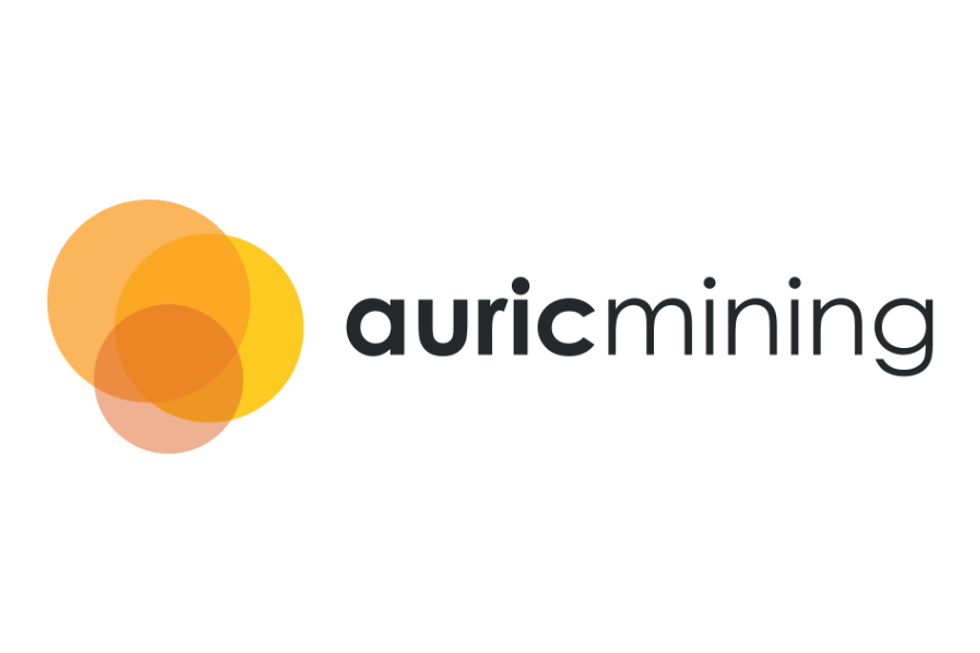- AustraliaNorth AmericaWorld
Investing News NetworkYour trusted source for investing success
- Lithium Outlook
- Oil and Gas Outlook
- Gold Outlook Report
- Uranium Outlook
- Rare Earths Outlook
- All Outlook Reports
- Top Generative AI Stocks
- Top EV Stocks
- Biggest AI Companies
- Biggest Blockchain Stocks
- Biggest Cryptocurrency-mining Stocks
- Biggest Cybersecurity Companies
- Biggest Robotics Companies
- Biggest Social Media Companies
- Biggest Technology ETFs
- Artificial Intellgience ETFs
- Robotics ETFs
- Canadian Cryptocurrency ETFs
- Artificial Intelligence Outlook
- EV Outlook
- Cleantech Outlook
- Crypto Outlook
- Tech Outlook
- All Market Outlook Reports
- Cannabis Weekly Round-Up
- Top Alzheimer's Treatment Stocks
- Top Biotech Stocks
- Top Plant-based Food Stocks
- Biggest Cannabis Stocks
- Biggest Pharma Stocks
- Longevity Stocks to Watch
- Psychedelics Stocks to Watch
- Top Cobalt Stocks
- Small Biotech ETFs to Watch
- Top Life Science ETFs
- Biggest Pharmaceutical ETFs
- Life Science Outlook
- Biotech Outlook
- Cannabis Outlook
- Pharma Outlook
- Psychedelics Outlook
- All Market Outlook Reports
The Commodity Investor’s guide to successful investing in the oil market.
By Amine Bouchentouf — Exclusive to Resource Investing News
Columnist Amine Bouchentouf is a partner at Parador Capital LLC, an institutional advisory firm focused on commodities and emerging markets. He is the author of the bestselling Commodities For Dummies, published by Wiley. Amine is also the founder of Commodities Investors LLC, an advisory firm dedicated to providing insightful information on all things commodities.
Even though crude oil has been less volatile this year than in previous years, it’s nevertheless experienced some significant volatility. While many investors fear volatility, I view volatility as an opportunity since it offers a way to generate strong returns by picking the right entry and exit points.
Before delving into the topic of benefiting from oil volatility, it’s crucial to make an important distinction. Crude oil may be the most important commodity on the planet in terms of both size and importance. Over 80 million barrels of crude are consumed on a daily basis, and that number rises exponentially when you consider oil derivatives such as jet fuel, gasoline, and other petrochemical products.
Given the size of the market, it’s natural that traders and investors use several different benchmarks to keep track of this global commodity. The two most important benchmarks are West Texas Intermediate (WTI), which tracks light, sweet crude out of the United States, and North Sea Brent, which tracks another light, sweet crude out of the North Sea.
While there are other key benchmarks, such as Bonny Light out of Nigeria and Omani Crude out of the Middle East, WTI and Brent are the most widely quoted and traded in international markets. Therefore, I will be showing you trading strategies based on these two global benchmarks.
WTI and Brent
While both WTI and Brent track crude oils of similar quality (light with low sulfur content), the price divergence between these two global benchmarks could not be higher, currently sitting at over $20 per barrel. Specifically, while current Brent prices are hovering around the $120 range, WTI is trading in the $100 range, representing a discount of about 20 percent.
This price discrepancy reflects the characteristics inherent to the internal markets that each of these benchmarks track. Traditionally, WTI has always reflected prices related to the North American crude supply and demand situation. In recent months and quarters, there’s been an excess supply of crude coming into the Cushing, Oklahoma region, the terminal where WTI prices are calculated.
On the flip side, Brent has traditionally represented international demand and supply dynamics. One of the reasons Brent is trading at such a large premium to WTI is indicative of a tight balance internationally. Specifically, Brent is a good indicator of supply coming out of emerging markets, especially the Middle East and Africa. The current supply picture in these two key regions is murky at best. The so-called Arab Spring has been instrumental in pushing Brent prices higher.
It was only a few quarters ago that Libya went totally off the market, which meant over 2.5 million barrels per day went offline. While Saudi Arabia tried to make up for the lost demand, Libya was too big of a player for any one country, including Saudi Arabia, to totally make up for the lost supply. In addition, Iraq is nowhere near ramping up production to pre-war levels, and Nigeria (Africa’s top producer) has been plagued by constant rebel attacks that have disrupted its steady stream of supply to international markets.
In addition to all these factors, the United States and its allies have slapped biting sanctions on Iran, another one of the region’s critical producers. These sanctions were approved in the first quarter of this year and will officially go into effect in June 2012. While the market is pricing in this news, I believe it hasn’t fully priced in the long-term stress that will be put on global markets.
What’s an investor to do?
With such a tight supply picture, it’s no wonder that Brent prices are trading at these levels. What’s important is to understand the why and develop the best strategy to take advantage of current market conditions. In this case I recommend getting exposure to oil equities as opposed to physical oil or oil futures. Oil futures are inherently more volatile and react to global news flow on a minute-by-minute basis. Unless you’re a professional trader willing to dedicate the majority of your professional time to trading oil futures, it’s going to be difficult to navigate the constant volatility.
That’s why I recommend oil equities in this environment – they help you ride the daily fluctuations. In regards to which type of oil equity, I advise any investor to include a dividend-paying oil major alongside an aggressive, high-growth exploration and production company. In such a scenario you get the stability of a steady dividend income stream coupled with the upside associated with an aggressive exploration campaign.
As to which stocks to choose, I recommend you take a look at Chevron (NYSE:CVX) among the majors. Chevron boasts a global footprint that is rivaled by very few international players. The company has a strong presence in North America with upstream operations in the Gulf of Mexico, Alaska, and the Marcellus Shale (a region that covers Ohio, West Virginia, and Pennsylvania). In addition, the company has extensive operations internationally, including Australia, but also Nigeria, Angola, and Kazakhstan. I like Chevron because you get exposure to both WTI and Brent; in addition, with a dividend of 3.19 percent you’re guaranteed a nice income stream from holding this stock.
For a more aggressive addition to your portfolio, I recommend Africa Oil Corp. (TSXV:AOI). Africa Oil is a junior exploration company with very promising blocks in an up and coming region in the oil business: East Africa. Africa Oil has assets in Kenya, Ethiopia, and Somalia, as well as in Mali. It has a successful drilling operation already in place, and if it’s able to capitalize on the region’s oil potential, this stock could generate very high returns. On the flip side, it is a junior exploration company so it poses high risks as well.
The bottom line is that the oil industry is vast and can provide solid returns for the prudent investor.
Securities Disclosure: the author doesn’t have any positions in the stocks mentioned.
Outlook Reports
Featured Resource Investing News Stocks
Browse Companies
MARKETS
COMMODITIES
| Commodities | |||
|---|---|---|---|
| Gold | 2383.80 | +3.88 | |
| Silver | 28.25 | +0.01 | |
| Copper | 4.45 | -0.01 | |
| Oil | 84.53 | +1.80 | |
| Heating Oil | 2.59 | +0.05 | |
| Natural Gas | 1.77 | +0.01 | |
Investing News Network websites or approved third-party tools use cookies. Please refer to the cookie policy for collected data, privacy and GDPR compliance. By continuing to browse the site, you agree to our use of cookies.






